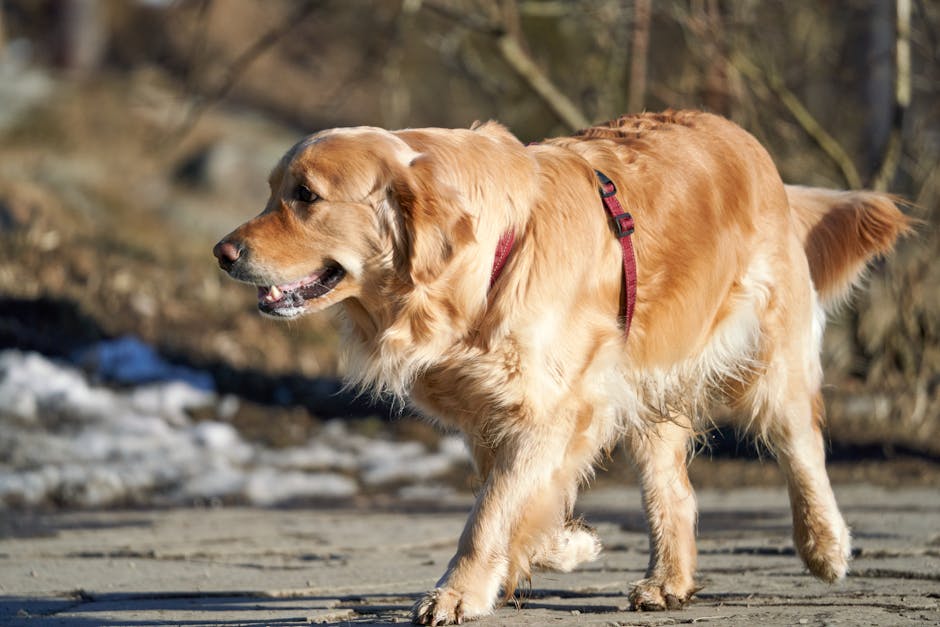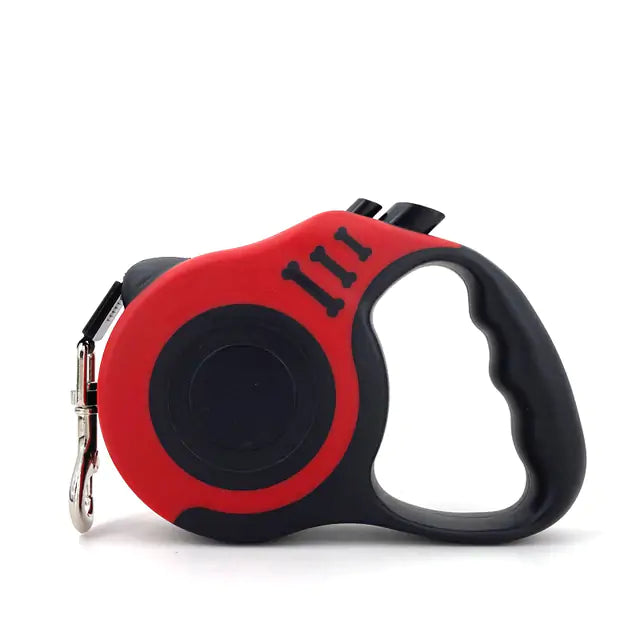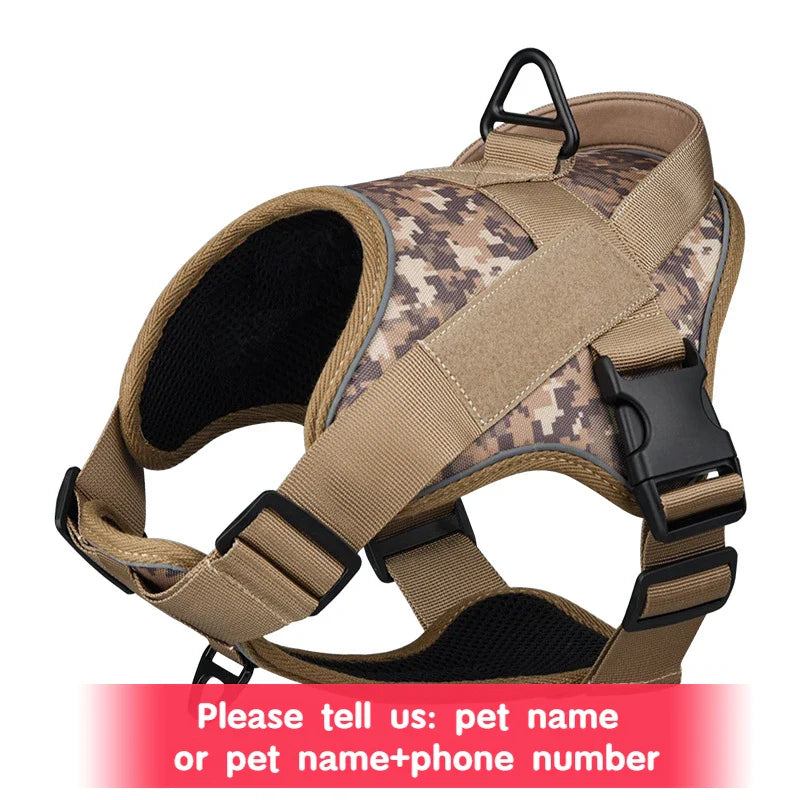When it comes to ensuring the safety of your furry friend during car rides, a dog seat belt is an essential accessory. Just like humans, dogs need protection from sudden stops, sharp turns, and potential accidents. A dog seat belt not only helps secure your pet but also minimizes distractions for the driver, making car journeys safer for everyone.
Dog seat belts are designed to be both comfortable and secure. They typically attach to your car's seat belt system or latch onto your dog's harness, ensuring that your pet stays in place throughout the ride. These seat belts come in various sizes and styles, catering to different breeds and preferences. Whether you have a small Chihuahua or a large Labrador, there is a suitable dog seat belt for every pet.
Moreover, using a dog seat belt can also be a legal requirement in some regions. Many states have laws that mandate the proper restraint of pets in vehicles to prevent driver distractions and ensure road safety. By using a dog seat belt, you are not only protecting your pet but also complying with legal regulations.
Ready to make your car rides safer and more comfortable for your dog? Shop Now at Nimble Wags for premium quality dog seat belts and other pet accessories!
Importance of Dog Safety in Cars

Ensuring your dog's safety in the car is paramount not only for their well-being but also for the overall safety of all passengers. Dogs, especially those that are not secured, can become hazardous in the event of a sudden stop or accident, potentially injuring themselves or others in the vehicle. A dog seat belt mitigates these risks by keeping your pet restrained and reducing the likelihood of them becoming a projectile.
Furthermore, an unrestrained dog can become a significant distraction for the driver. Dogs that are free to move around the car may inadvertently interfere with the driver’s ability to operate the vehicle safely. They might jump into the front seat, block the driver’s view, or even cause an accident by distracting the driver at a crucial moment. By using a dog seat belt, you can ensure that your pet stays in place, allowing you to focus on the road.
In addition to the physical safety benefits, securing your dog in the car can also contribute to their emotional well-being. Many dogs experience anxiety during car rides, and being confined to a specific area can provide a sense of security and stability. A dog seat belt can help create a more predictable and controlled environment, making travel less stressful for your pet.
Ultimately, the importance of dog safety in cars cannot be overstated. A dog seat belt is a simple yet effective solution to protect your furry friend, ensure a distraction-free driving experience, and comply with safety regulations. Investing in a quality dog seat belt is a small step that can make a significant difference in the safety and comfort of your car rides.
Legal Requirements for Pet Restraints

While the rules regarding pet restraints in vehicles can vary significantly from one region to another, an increasing number of jurisdictions are recognizing the importance of securing pets during car rides. In some states and countries, it is legally required to use a dog seat belt or other pet restraint systems to ensure the safety of both the pet and human occupants. Failure to comply with these regulations can result in fines, penalties, or even more severe consequences in the event of an accident.
For instance, in the United States, states like New Jersey have stringent laws that mandate pets to be restrained in moving vehicles. Violating this law can lead to hefty fines, ranging from $250 to $1,000. Similarly, in Hawaii, drivers are prohibited from having pets on their laps while driving, which indirectly enforces the use of pet restraints. These laws are designed to minimize distractions and enhance road safety.
Beyond the United States, countries like Australia and the United Kingdom also have specific regulations regarding pet travel. In Australia, drivers can be fined if an unrestrained pet causes the driver to lose control of the vehicle. In the UK, while there isn't a direct law mandating pet restraints, the Highway Code states that pets should be suitably restrained to avoid distracting the driver or causing injury during a sudden stop.
It's essential for pet owners to be aware of the local regulations pertaining to pet travel. Even in areas where it might not be legally required, using a dog seat belt is a responsible practice that ensures the safety of your pet and other passengers. Familiarize yourself with the laws in your region and invest in a reliable pet restraint system to comply with legal requirements and enhance road safety.
Benefits of Using a Dog Seat Belt

Using a dog seat belt during car rides offers a plethora of benefits that go beyond mere compliance with legal requirements. One of the most significant advantages is the enhanced safety it provides. An unrestrained dog can become a dangerous projectile in the event of a sudden stop or collision, posing serious risks to both human occupants and the pet itself. A dog seat belt helps to keep your furry friend securely in place, minimizing the risk of injury.
Another crucial benefit is the reduction in driver distractions. Dogs are naturally curious and may move around the vehicle, which can divert the driver's attention from the road. By using a seat belt, you can ensure that your dog remains in a designated area, allowing you to focus more on driving and less on managing your pet's movements.
Comfort is also a key consideration. Modern dog seat belts are designed to be both secure and comfortable, often featuring padded harnesses that distribute pressure evenly. This means that your pet can sit, lie down, or stand comfortably without feeling restricted, making long car journeys more enjoyable for them.
Additionally, a dog seat belt can help to foster better behavior in your pet. Knowing they are restrained can make dogs feel more secure and less anxious, reducing the likelihood of restlessness or agitation during the ride. This can be particularly beneficial for dogs that are prone to car sickness or anxiety.
Lastly, using a dog seat belt can facilitate easier transitions in and out of the car. With your pet already secured, you can quickly attach or detach the seat belt without struggling to control an excited or anxious dog. This not only saves time but also reduces stress for both you and your pet.
Incorporating a dog seat belt into your travel routine is a simple yet effective way to enhance safety, comfort, and overall peace of mind during car rides.
How to Choose the Right Dog Seat Belt

Choosing the right dog seat belt is crucial to ensuring your pet's safety and comfort during car rides. The first factor to consider is the size and weight of your dog. Seat belts come in various sizes, and it’s important to select one that matches your dog's dimensions to ensure a secure fit. Most manufacturers provide sizing charts that can guide you in making the right choice.
Next, examine the material and construction of the seat belt. Look for durable, high-quality materials such as nylon or polyester, which can withstand the wear and tear of regular use. The stitching should be reinforced, and any buckles or attachments should be robust and easy to use. A padded harness can add an extra layer of comfort, especially for long trips.
Another important aspect is the attachment mechanism. Some dog seat belts clip directly into the car's seat belt buckle, while others attach to the car’s latch system or headrest. Consider your vehicle’s design and choose a seat belt that will be easy to install and secure in your specific car model.
Adjustability is also key. A good dog seat belt should have adjustable straps to accommodate your dog's movements without compromising safety. This ensures that your pet can sit, stand, or lie down comfortably while remaining restrained.
It’s also worth considering additional features such as crash-tested certifications. Some dog seat belts have been rigorously tested to meet safety standards, providing extra peace of mind. Look for products that have been certified by reputable organizations to ensure they offer the highest level of protection.
Finally, read customer reviews and seek recommendations. Other pet owners' experiences can provide valuable insights into the effectiveness and durability of different seat belts. Pay attention to feedback on ease of use, comfort, and overall performance.
By taking these factors into account, you can choose a dog seat belt that will keep your furry friend safe, comfortable, and secure on all your car journeys.
Tips for Training Your Dog to Use a Seat Belt
Training your dog to use a seat belt may seem daunting, but with patience and the right approach, it can be a smooth process. Start by familiarizing your dog with the dog seat belt in a calm and positive environment. Allow them to sniff and inspect the belt before you attempt to put it on. This initial exposure helps reduce anxiety and builds curiosity.Once your dog is comfortable with the sight and smell of the seat belt, proceed to short, positive sessions where you gently place the harness on them. Use treats and praise to create a positive association with wearing the seat belt. Gradually increase the duration they wear the harness, ensuring each session remains a pleasant experience.
Next, introduce the seat belt in the car. Begin by having your dog sit in the vehicle without driving anywhere. Attach the seat belt and continue to reward them with treats and praise. This helps your dog associate the car and seat belt with positive experiences.
When your dog is comfortable sitting in the car with the seat belt on, take short trips around the block. Keep these initial car rides brief and gradually extend the duration as your dog becomes more accustomed to the seat belt. Always reinforce good behavior with treats and affection to maintain a positive experience.
Consistency is key. Make sure to use the seat belt every time you travel, so it becomes a routine part of car rides. If your dog shows signs of distress or discomfort, take a step back and shorten the training sessions, ensuring they remain positive and stress-free.
Remember, patience and persistence are essential. Training your dog to use a seat belt not only ensures their safety but also makes car rides more enjoyable for both of you.
Ready to start your journey towards safer car rides for your furry friend? Shop Now for the best dog seat belts and other premium pet accessories at Nimble Wags!




